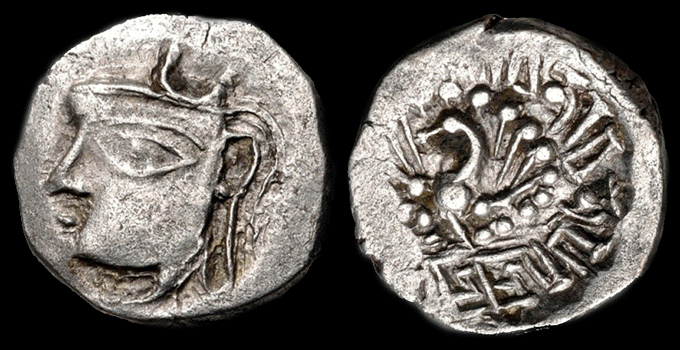
|
|
|
|
BY: SUN STAFF

King Harshavardhana Feb 25, 2021 — CANADA (SUN) — A serial presentation of India's great history, religious movements and temple architecture.
The Harsha Vardhana
After the collapse of the Gupta Empire, inhabitants of the Gangetic plains fractured into numerous small nations. King Harsha of Kannauj was able to briefly bind them together. Harsha might have expanded his reign south of the Narmada River, had he not been defeated by the Chalukyas, under king Pulakesi II.
The unity of the Vardhanas did not last long beyond Harsha's reign. His empire fell soon after his death in 647 A.D. However, during his lifetime and rule of power King Harshavardhana became known for many exploits, which are detailed in his biography, the Harshacharita.
Harsha, who was a Shaivite, began a celebration of religious festivals every five years at the confluence of three rivers (the Ganga, Yamuna, and Saraswati) at Prayaga. On these occasions, the king would donate his personal earnings among the people, returning in just a piece of cloth. Thus some attribute the founding of Kumbha Mela to Harsha's devotional activities.
The biographical Harshacharita ('The Deeds of Harsha'), was written by Banabhatta (Bana) in the 7th Century A.D. He was the asthana kavi, or court poet of Harsha. His Harshacharita is considered to be one of the first historical poetic works written in Sanskrit. This piece of poetic prose is composed in eight ucchvāsas (chapters). In the first two ucchvāsas, Bana gives an account of his ancestry and his early life.
Harsha belonged to the Pushyabhuti Dynasty. He was the son of Prabhakarvardhana who defeated the Huna invaders, and he was the younger brother of Rajyavardhana, a king of Thanesvar, Haryana. The silver coin pictured was from Thanesvar.
After the downfall of the Gupta Empire in the middle of the 6th Century, North India again fragmented into many small republics and monarchical states, some ruled by the remaining Gupta rulers. Harsha adopted Buddhism and began uniting these small republics, from the Punjab to central India. The citizens of these regions crowned Harsha as King at an assembly in April 606 A.D., giving him the title of Maharaja at the young age of 16 years old.
He went on to bring essentially all of northern India under his control, creating an environment of peace and prosperity that attracted scholars, artists and religious visitors from far and wide. The Chinese traveller Xuanzang visited the court of Harshvardhan, and wrote a very favourable account of him, praising his justice and generosity.
At the height of his power, Harshvardhana's kingdom spanned the Punjab, Rajasthan, Gujarat, Bengal, Odisha and the entire Indo-Gangetic plain north of the Narmada River. He was defeated by the Pulakesi II, Emperor of the Chalukya dynasty, when Harsha tried to expand his Empire into Chalukya territory on India's southern peninsula.
| |